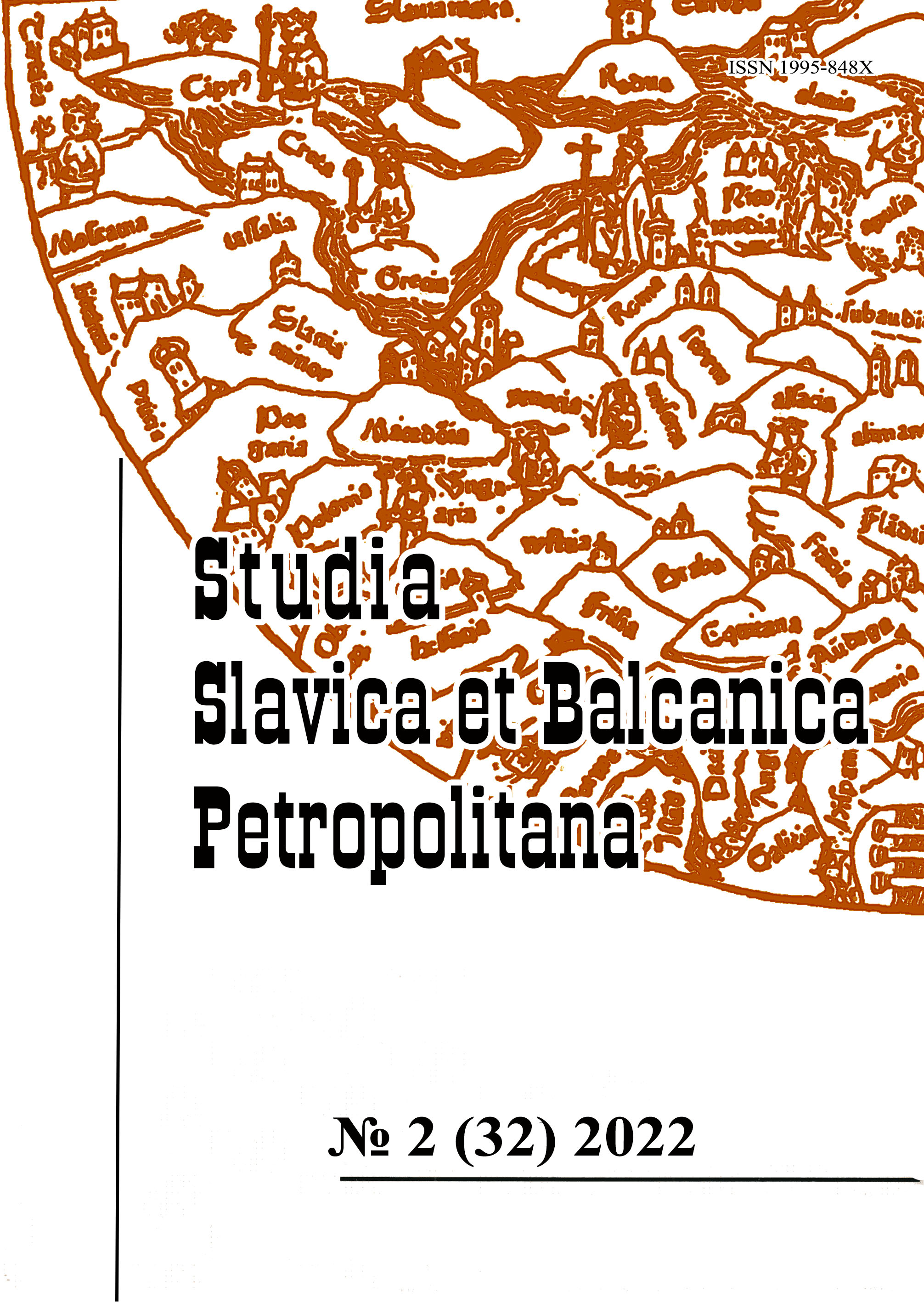Конструируя историю искусства: Современные кураторские стратегии в исследовании символизма стран Балтии
Constructing art history: Contemporary curatorial strategies in studying symbolism of the Baltic states
Author(s): Elena Vitalievna KlyushinaSubject(s): Fine Arts / Performing Arts, Cultural history, Visual Arts, Ethnohistory
Published by: Издательство Исторического факультета СПбГУ
Keywords: symbolism; art nouveau; curatorship; Latvian art; Estonian art; Lithuanian art; Baltic countries; Boris Bernstein; Rodolphe Rapetti; «Wild Souls»;
Summary/Abstract: The article is devoted to the analysis of curatorial strategies used in the international exhibition «Wild Souls. Symbolism in the Baltic States», successfully implemented under the supervision of Rodolphe Rapetti in 2018–2021 in Paris, Tallinn, Vilnus and Riga. Revealing the originality of the curatorial narrative contributes to the identification of current research directions in the study of the Baltic countries visual culture of the 19th–20th centuries. The implemented project has the potential for further revision of generally accepted ideas about the genesis and development of the symbolist art in Estonia, Latvia and Lithuania. This also contributes to the formation and widespread dissemination of methodological approaches that have not been previously used in the art studies of these countries. To understand the novelty of the chosen strategies, historiographical analysis of art in the Baltic countries from the 1940s to the 1980s is carried out. The third conference of art historians of the Baltic republics in 1990 was called a turning point in the history of cultural studies. It is at this scientific event that Boris Bershtein calls for a metaposition and the usage of metalanguage in the construction of an «internal» description of national culture. According to the author of this article, an exhibition «Wild Souls» is intended to become such a metaposition, capable of summarizing the already accumulated knowledge and offering a new look at the development of visual culture. Using universal approaches to the study of symbolism, Rodolphe Rapetti, together with colleagues from Baltic museums, demonstrates the trans-regional community of artistic phenomena that took place in these countries, and also convincingly proves the involvement of the Baltic artists in the general European artistic process at the turn of the 19th and 20th centuries.
Journal: Петербургские славянские и балканские исследования
- Issue Year: 2022
- Issue No: 2 (32)
- Page Range: 236-247
- Page Count: 12
- Language: Russian

